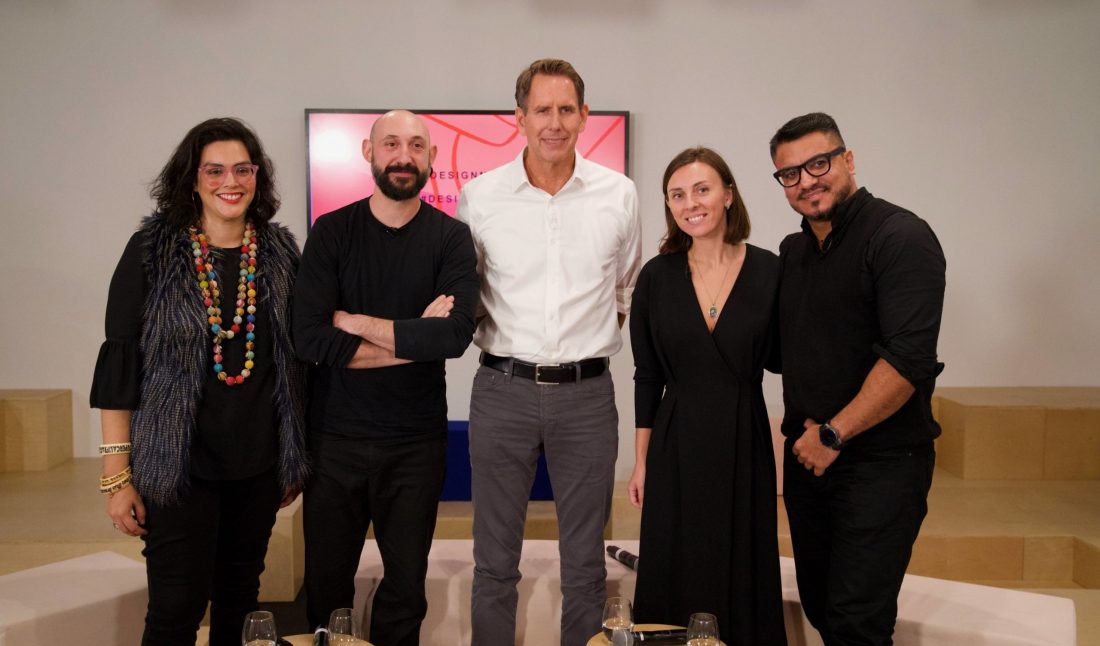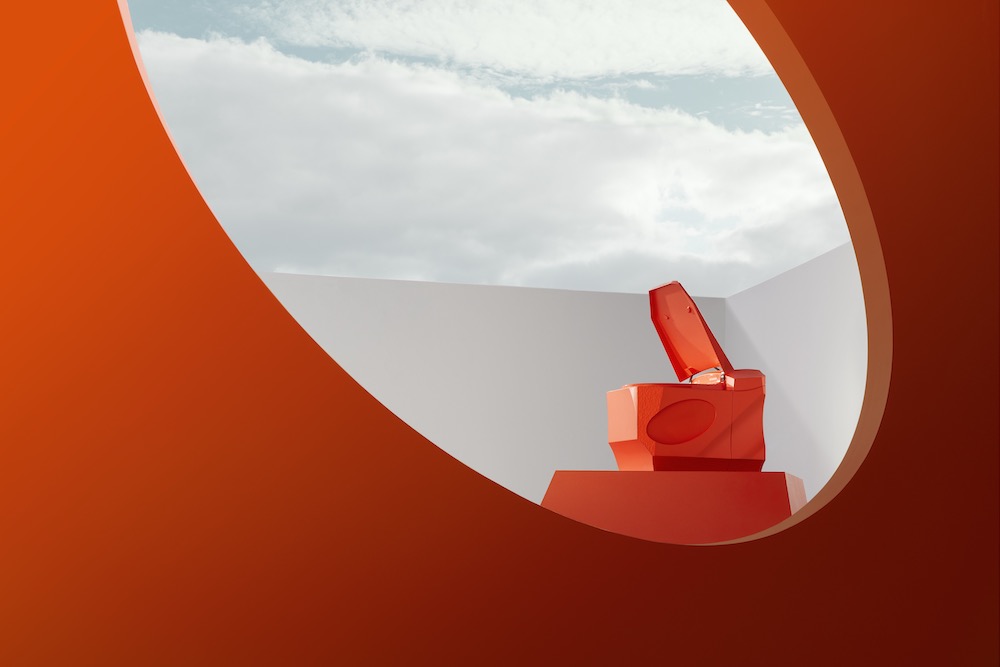Wednesday morning at Design Miami/, Whitewall continued its series of talks in partnership with Lexus. At 11:00 a.m., the panel “Technology at the Service of Creativity” was moderated by Cecilia Slesnick, Director of Education Coral Gables Museum and CSD Studio and included video artist and tech specialist, Quayola; Founder of Artechouse, Tati Pastukhova; Luis Valenzuela, artist and 3-D printing professor; and Kevin Hunter from Lexus’ Calty design research studio.
Artists have always embraced the new, and they have continuously proven to be the early adopters of early technology. But does the need for new technology create an ever-changing space that doesn’t allow for art to last?
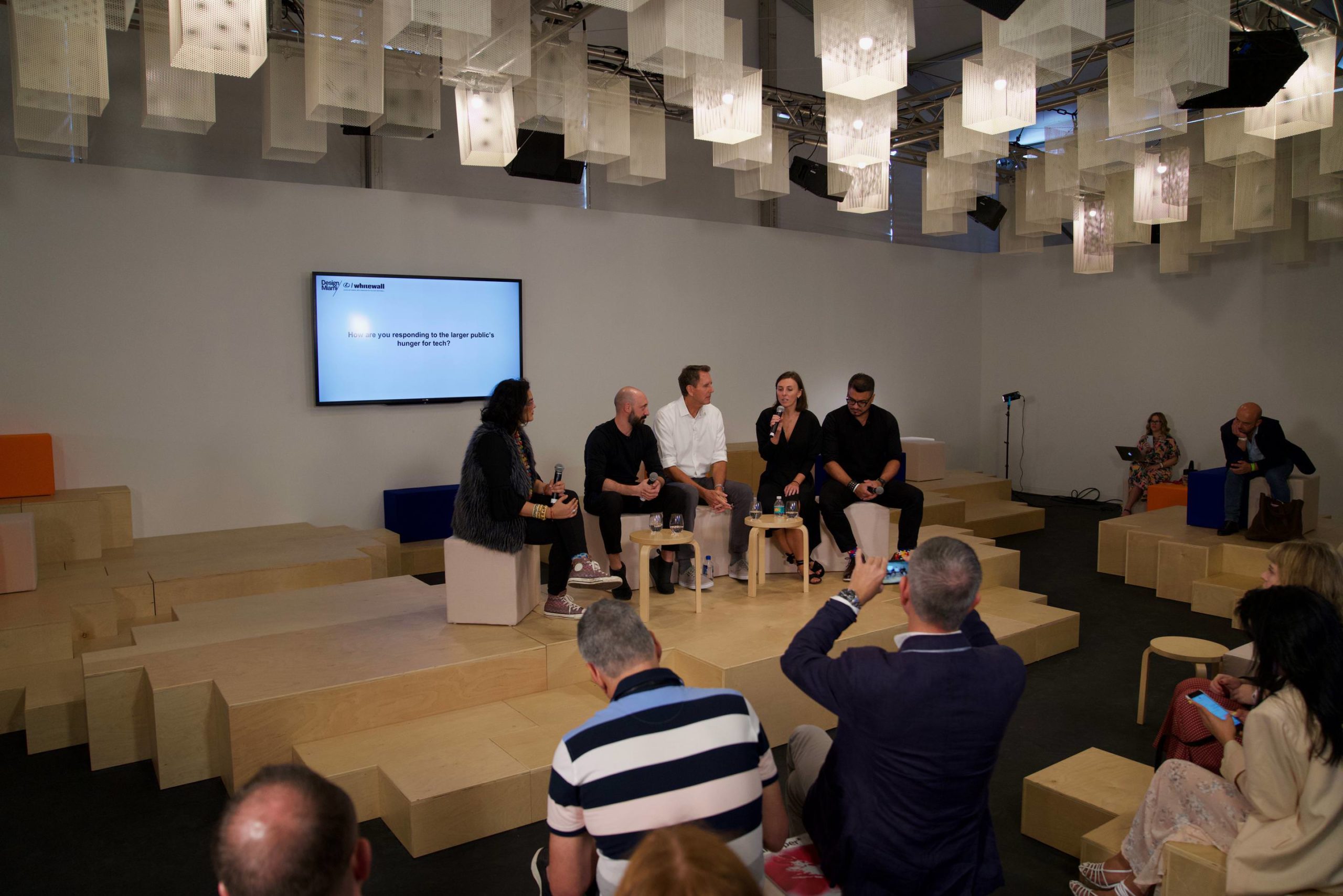 Cecilia Slesnick, Quayola, Tati Pastukhova, Luis Valenzuela, and Kevin Hunter
Cecilia Slesnick, Quayola, Tati Pastukhova, Luis Valenzuela, and Kevin Hunter
“I’m somehow more interested in using technology to create problems—not really solving them,” said Quayola. “One problem that I find with this idea of hunger for technology is that we can be very much entertained with new technology, but this is also very volatile. I’m personally interested in developing ideas, or perhaps make work, that will stay, rather than becoming volatile.”
The discussion moved on to augmented reality and the future of installation. Is artificial intelligence the future of art? What can we expect to be utilized by the next generation of artists?
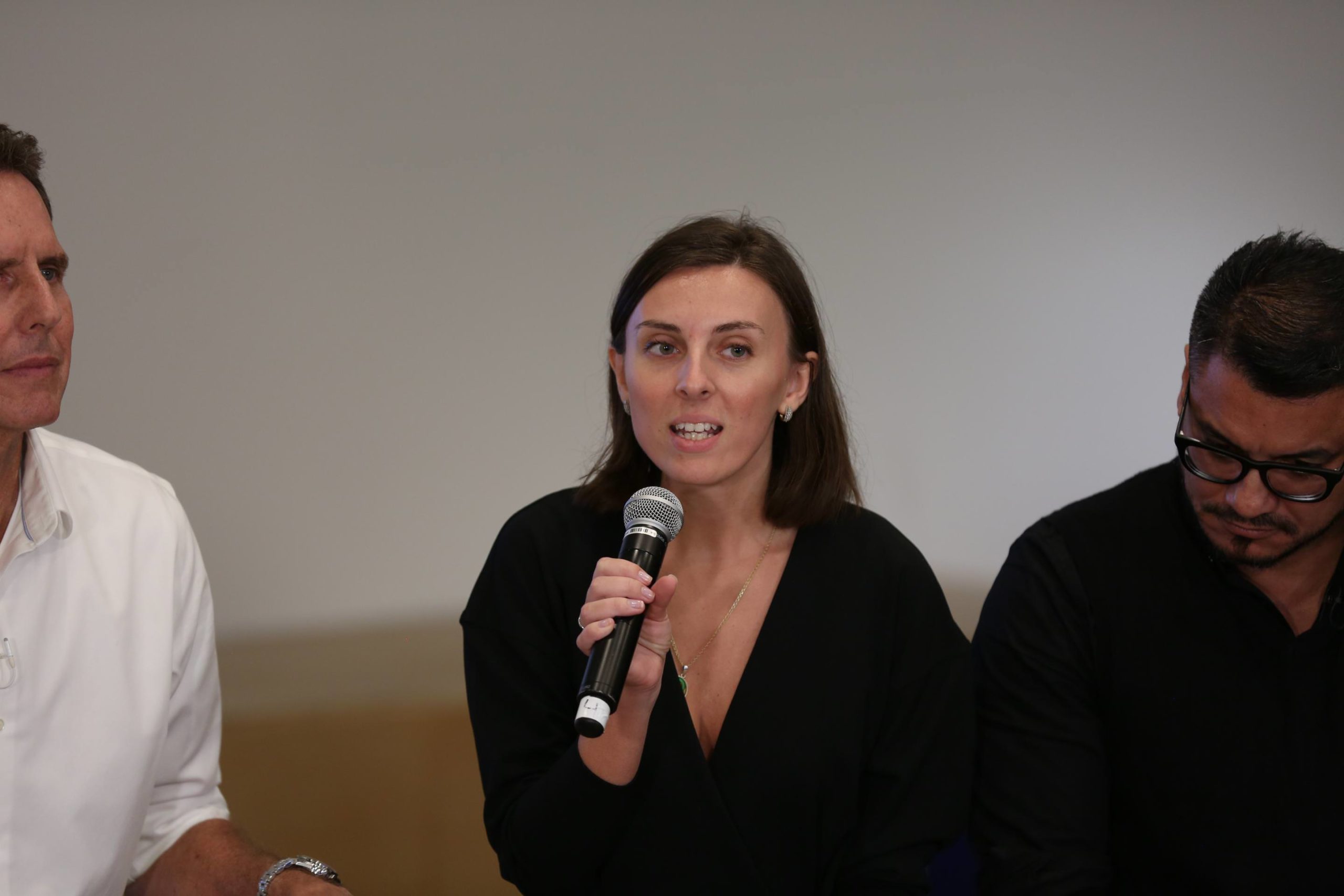 Tati Pastukhova
Tati Pastukhova
“We use AR, but we use it mainly to evaluate design in terms of understanding scale and the environment for interior design, for example,” said Hunter. “It gives us a realistic view of what we can expect when we translate our design into something physical. More and more we’ve been using digital process because the technology has gotten a lot better in the last few years. It’s definitely an integral part of our design process. And looking ahead, we’re only going to expand that further into our process.”
And for Valenzuela, it was about bringing that new technology to a younger generation to help them achieve greatness. “My idea is to bring [that] genius to the market. They all have genius inside of them, and I find a way to get into that and look for what they want. They are the one demanding, and we want to give it to them. That’s where the companies are looking—to be the client before they design. So, I’m the one going to the kids asking what they want to see in the future,” he said.
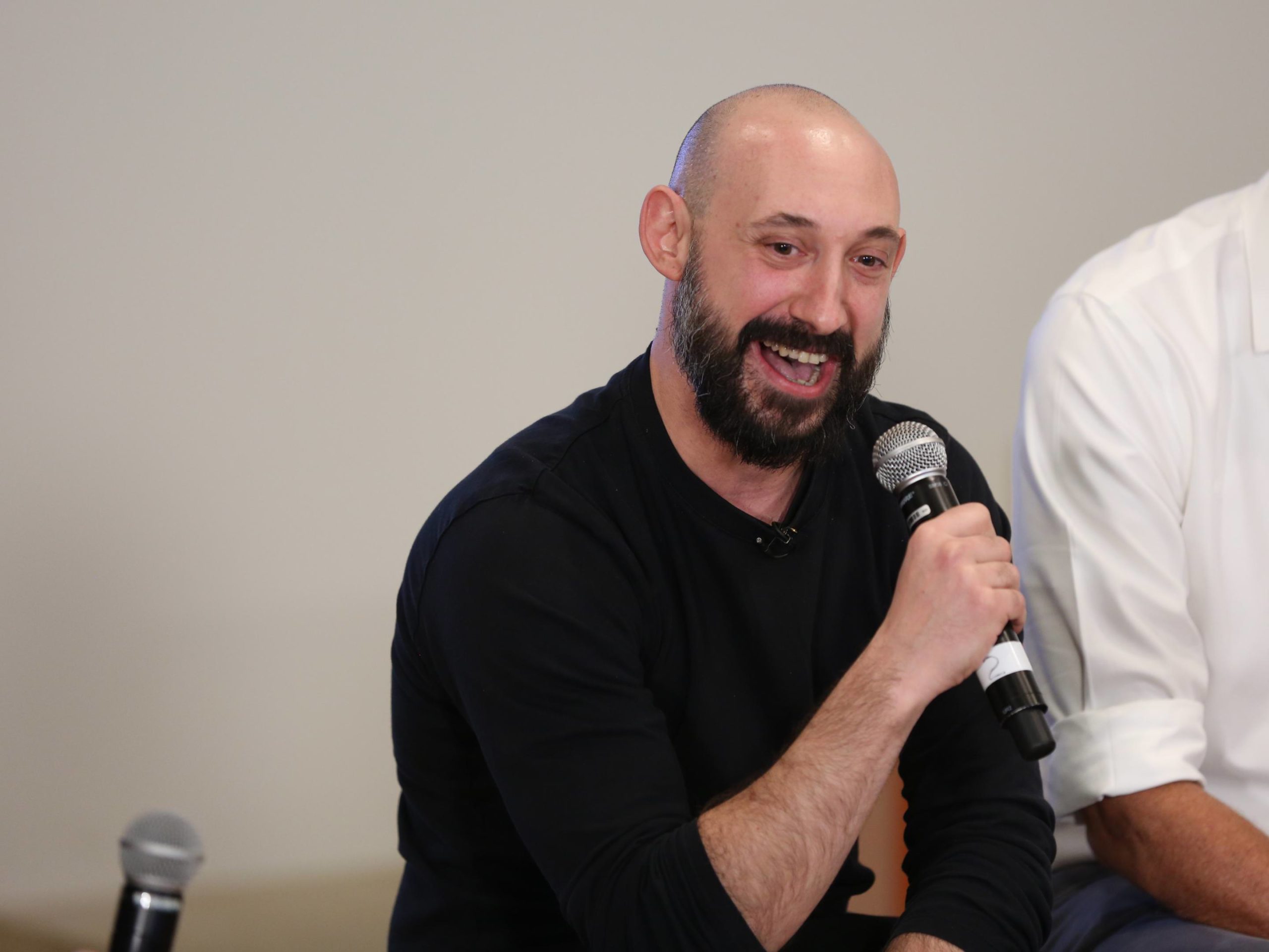 Quayola
Quayola
At Artechouse, it is also about the future. Each installation, Pastukhova explained, focuses on technological discoveries—through data-driven works, interactive installations, and app-powered experiences—that create well-attended exhibitions.
“Our platform and space that showcases digital artists represents work that is created with art and technology,” said Pastukhova. “99 percent of the people that come through our doors have never experienced new media or arts and technology. It’s a new discovery and experience.
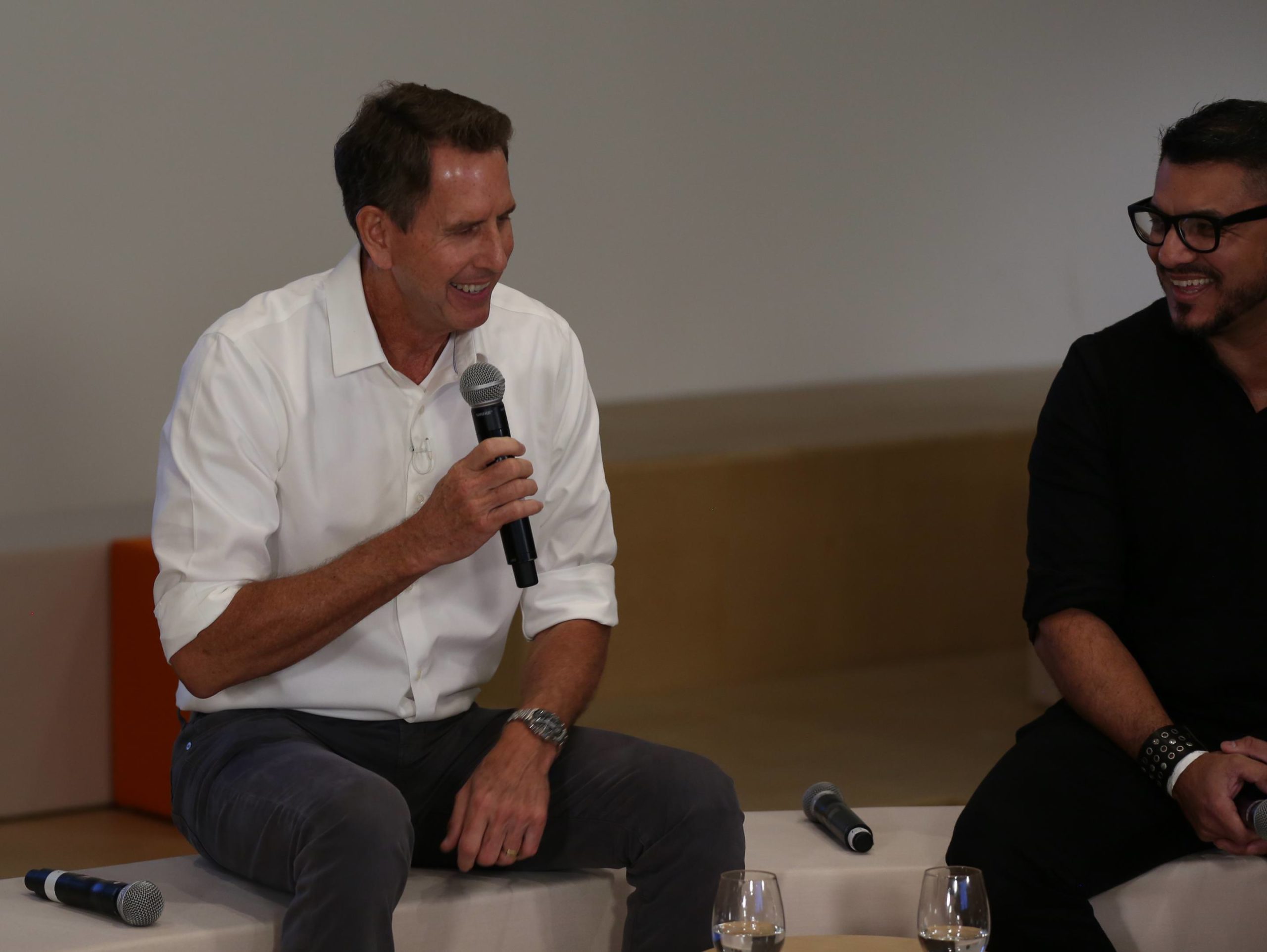 Kevin Hunter
Kevin Hunter
Pastukhova went on to explain that another important facet of art and technology that comes up for her, and many parents, is the type of art that is available and suggested for children. A regular visitor at her location in Washington, D.C., she mentioned, was a mother of an autistic child who thanked her countless times for providing a space for her kid to interact with the art, discover new possibilities with the art, and stay engaged.
As far as the future of technology and its advancements, she’s still aiming to find more. “We have new tools that are evolving within AR, but there are limitations. “There are certain things that we, the artists, and the general public want to see with those tools, but there are limitations as to what can be accomplished. That’s the biggest take back. We have a much wilder imagination and creativity than the technology can, at the moment, afford,” she said.
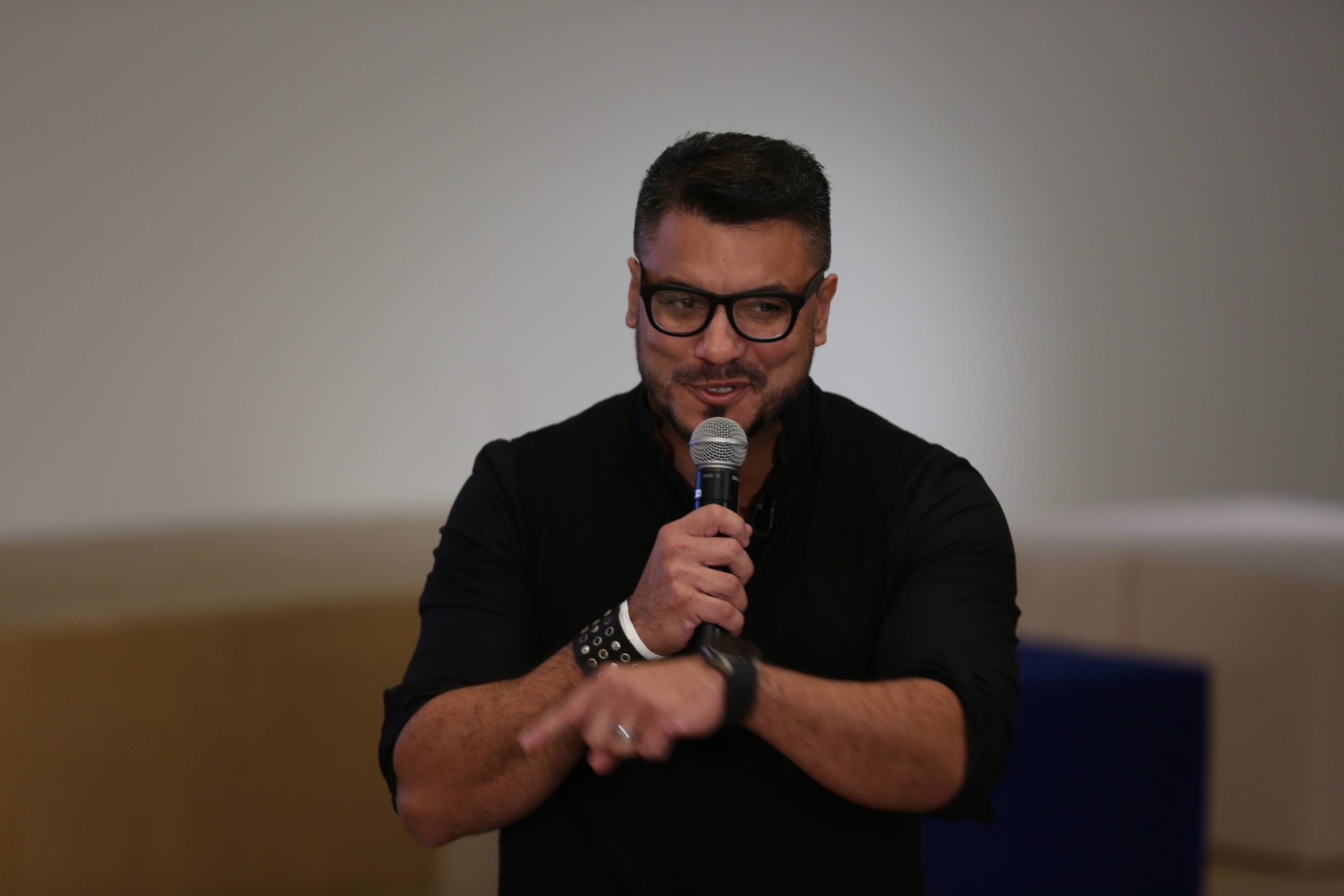 Luis Valenzuela
Luis Valenzuela
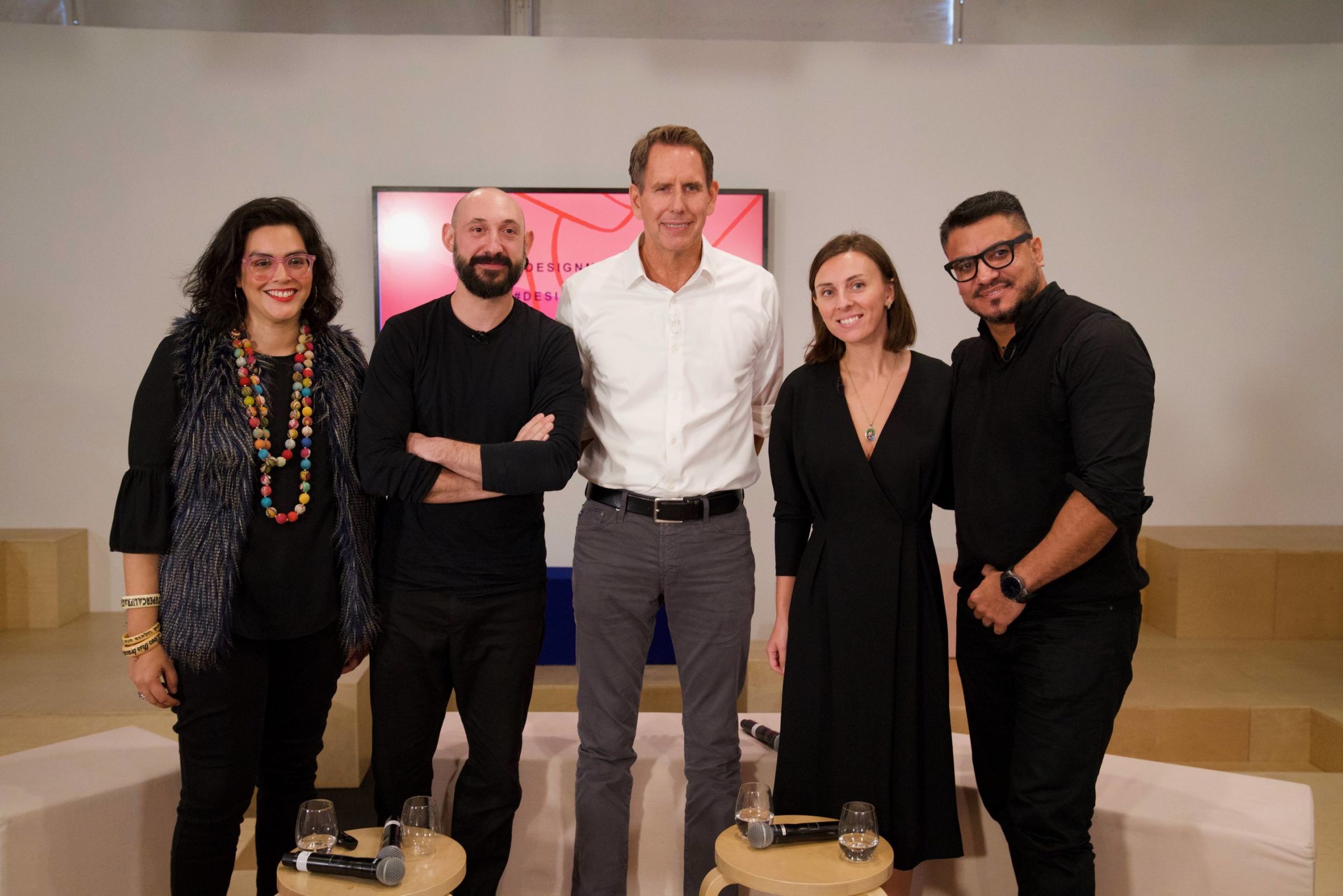 Cecilia Slesnick, Quayola, Tati Pastukhova, Luis Valenzuela, and Kevin Hunter
Cecilia Slesnick, Quayola, Tati Pastukhova, Luis Valenzuela, and Kevin Hunter






